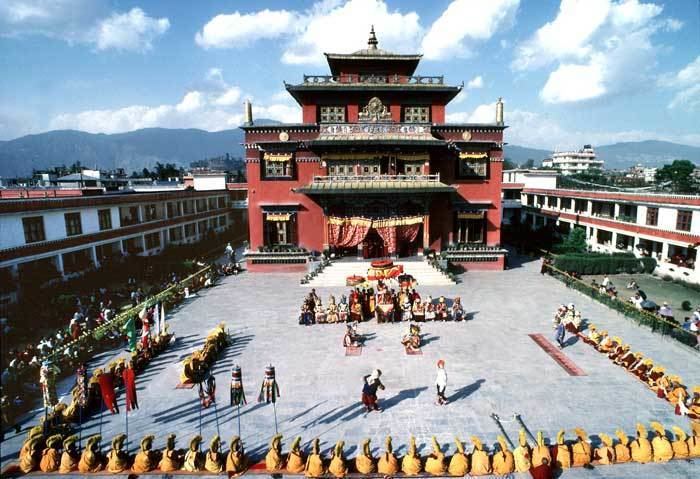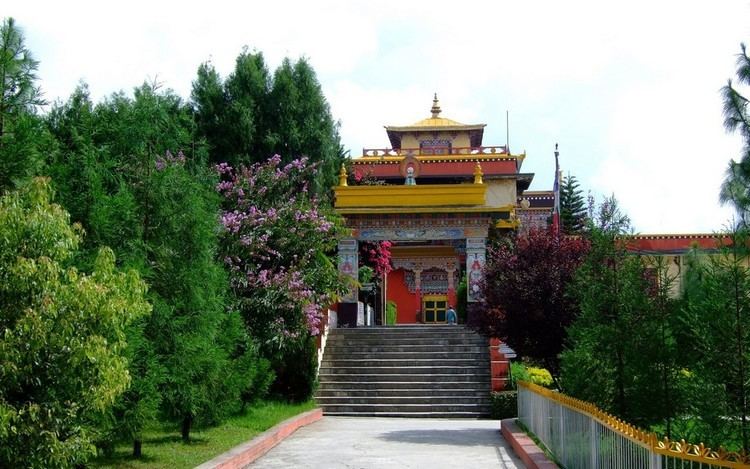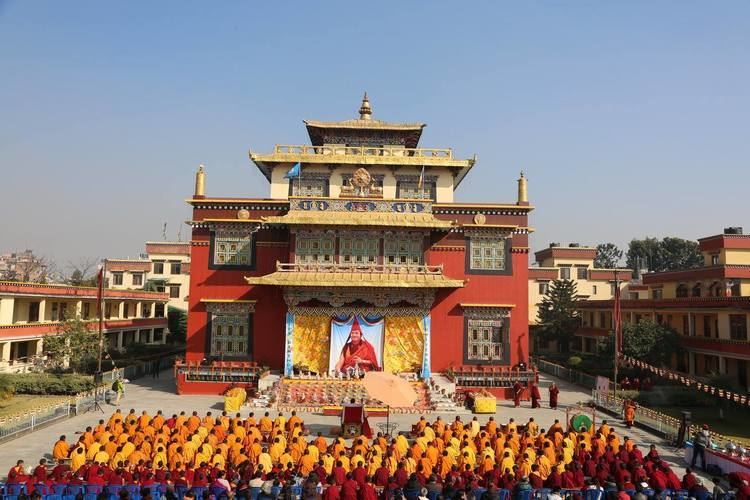Date renovated 1985 | Type Tibetan Buddhist | |
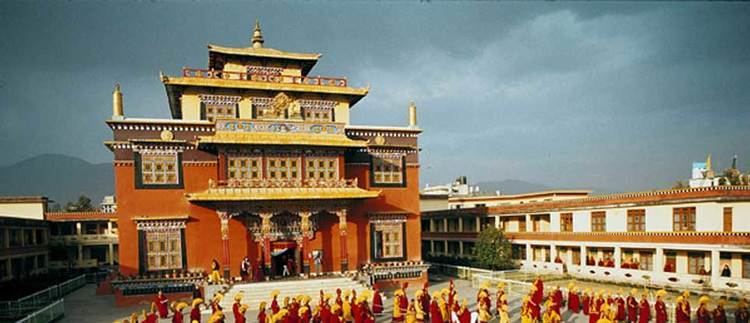 | ||
Tibetan ཞེ་ཆེན་བསྟན་གཉིས་དར་རྒྱས་གླིང་། Wylie transliteration Zhe-chen bsTan-gnyis-dar-rgyas-gling Founded by Shechen Rabjam Tenpé Gyaltsen Similar Mindrolling Monastery, Boudhanath, Swayambhunath, Kopan Monastery, Pashupatinath Temple | ||
Dilgo khyentse yangsi rinpoche at shechen monastery on 2012
Shechen Monastery (Tibetan: ཞེ་ཆེན་བསྟན་གཉིས་དར་རྒྱས་གླིང, Wylie: zhe chen bstan gnyis dar rgyas gling), one of the six primary or "mother" monasteries of the Nyingma tradition of Tibetan Buddhism of Tibet, was destroyed in the late 1950s, during the Cultural Revolution. It was located in Derge between Nangdo and Dzogchen Monastery. It was founded in 1695 by Shechen Rabjam Tenpé Gyaltsen, though it is sometimes claimed to have been built by Gyurme Kunzang Namgyal in 1734. It became extremely influential in the 18th and 19th centuries, with up to 160 satellite monasteries dotting the Himalayas. In the 1980s Dilgo Khyentse Rinpoche transplanted the rich tradition of the original Shechen Monastery to a new home, a magnificent monastery near the great Stupa of Bodhnath, in Kathmandu, Nepal.
Contents
- Dilgo khyentse yangsi rinpoche at shechen monastery on 2012
- Travel with shikha 42 shechen monastery
- Sechen Monastery Nepal
- References
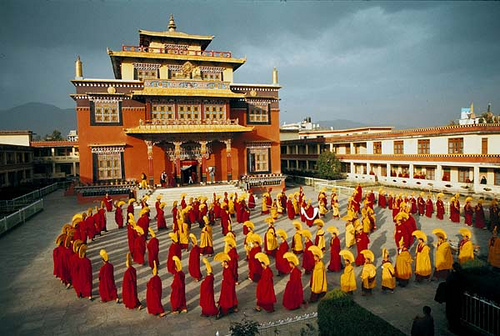
Travel with shikha 42 shechen monastery
Sechen Monastery, Nepal
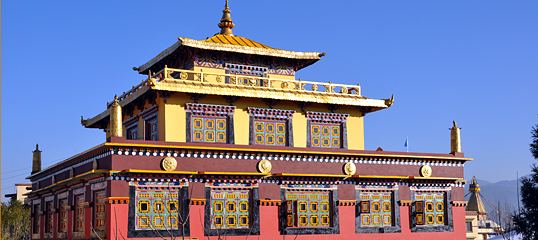
In the 1980s a new Shechen monastery was built in Nepal near the great stupa of Boudhanath, northeast of Kathmandu, and is also known as Shechen Tennyi Dargyeling Monastery. This monastery serves as the main seat of the Shechen tradition in exile. There are more than 300 monks at this monastery. "The monastery teaches music, dance, painting and Buddhist philosophy." Its elementary school provides "a modern education for children between five and fourteen years of age."
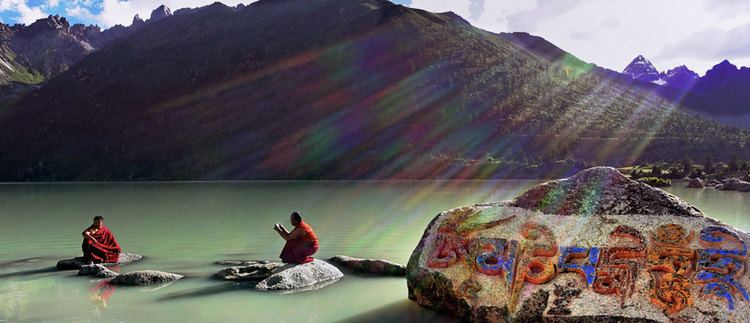
The present abbot is the seventh Shechen Rabjam Rinpoche, the grandson of Dilgo Khyentse. Prominent members of the monastery include the Yangsi (Tib.ཡང་སྲིད reincarnation) of Dilgo Khyentse, Matthieu Ricard and Changling Rinpoche.
